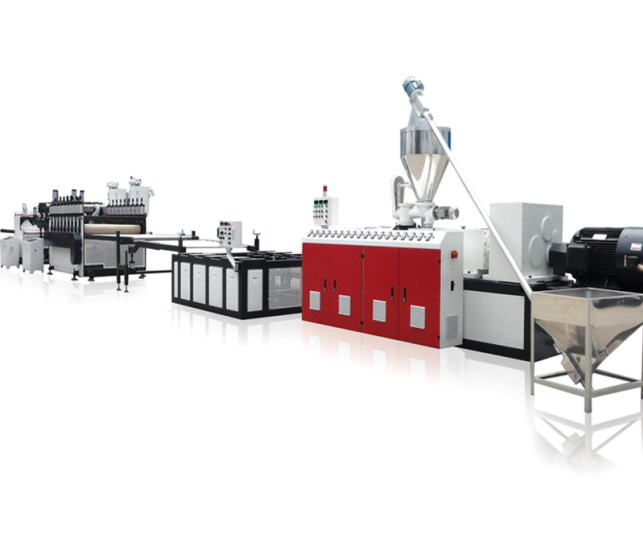
The theoretical and experimental data on the breakup of droplets are reviewed. Several factors influence development of droplets: flow type and its intensity, viscosity ratio, elasticity of polymers, composition, thermodynamic interactions, time, etc.
For Newtonian systems undergoing small, linear deformation, both the viscosity ratio and the capillary number control deformability of drops. On the other hand, the breakup process can be described by the dimensionless breakup time and the critical capillary number. Drops are more efficiently broken in elongational flow than in shear, especially when the viscosity ratio λ ⩾ 3. The drop deformation and breakup seems to be more difficult in viscoelastic systems than in Newtonian ones.
There is no theory able to describe the deformability of viscoelastic droplet suspended in a viscoelastic or even Newtonian medium. The effect of droplets coalescence on the final morphology ought to be considered, even at low concentration of the dispersed phase, ϕd ⩾ 0.005. Several drop breakup and coalescence theories were briefly reviewed. However, they are of little direct use for quantitative prediction of the polymer blend morphology during compounding in a Twin‐Screw Extruder. Their value is limited to serving as general guides to the process modeling.



